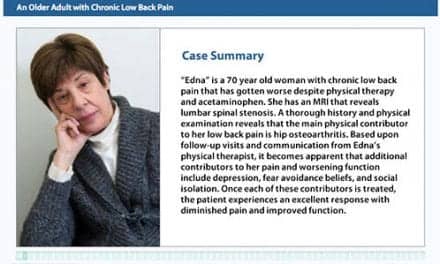The new Muhammad Ali Parkinson Center at Barrow Neurological Institute, Phoenix, will participate iin a Parkinson’s study aimed at determining the physical and neurological impact of simple exercise on Parkinson’s patients. Participants’ brains will be monitored to determine if increased physical activity actually helps protect the neurons in the brain from the disease, according to a statement released by the center.
The study, titled Exercise training in Parkinson’s disease: Neural and functional benefits, in partnership with Arizona State University, is funded by the National Institutes of Health and begins as Ali, who has suffered from Parkinson’s disease for more than 20 years, helped unveil the new Parkinson’s center at the Institute at St Joseph’s Hospital and Medical Center in Phoenix. The 10,000 square-foot center is doubles the size of the original center that first opened in 1997.
From its beginning, Ali and his wife, Lonnie, have wanted the focus of the center to be helping Parkinson’s patients stay active and involved. The research study underscores that focus and passion. In conjunction with Arizona State University, researchers will test the participants who are aged 50 to 70. During the trial, participants will follow a structured exercise program called pole-striding, which is walking with ski-like poles.
"Until now we have had only anecdotal evidence that regular physical activity is disease modifying," said Darolyn O’Donnell, who will help lead the study at the center, in the statement. O’Donnell said participants will undergo 12-weeks of pole-striding for three days a week as they walk for about 45 minutes during each training session. "One of the key elements of this study is that we are using a simple exercise that can be duplicated by anyone."
Narayanan Krishnamurthi, researcher from the Center for Adaptive Neural Systems at ASU, has been instrumental in pushing the study forward. The project also involves collaboration with Sun Health Research Institute and the Banner Alzheimer’s Institute.
Krishnamurthi says this 9-month project is unique because of its focus on brain imaging of the participants, as well as monitoring their physical symptoms. "Their brain activity will be monitored several times during the study to identify changes. We will be scanning all areas of the brain to see which areas are impacted by exercise," said Krishnamurthi, in the statement. "From there, we can determine if the progression of Parkinson’s disease can be slowed or even stopped by exercise."
During the exercise program, participants will be monitored and coached by staff members from the center. They will wear heart rate monitors and pedometers to measure the intensity of the training.
The exercise portion of the trial is set to begin in January.
With about 60,000 new cases diagnosed each year, there are currently 1 million Americans with Parkinson’s disease, says the facility. As of yet, there is no cure. Physicians at the new 10,000 square-foot facility are expected to see about 1,600 new patients annually, double the current number and thousands more patients and their families are expected to attend one of the center’s numerous classes, support groups. or exercise activities. The center offers care for many movement disorders, in addition to Parkinson’s disease.
[Source: Muhammed Ali Parkinson Center Movement Disorders Clinic]



